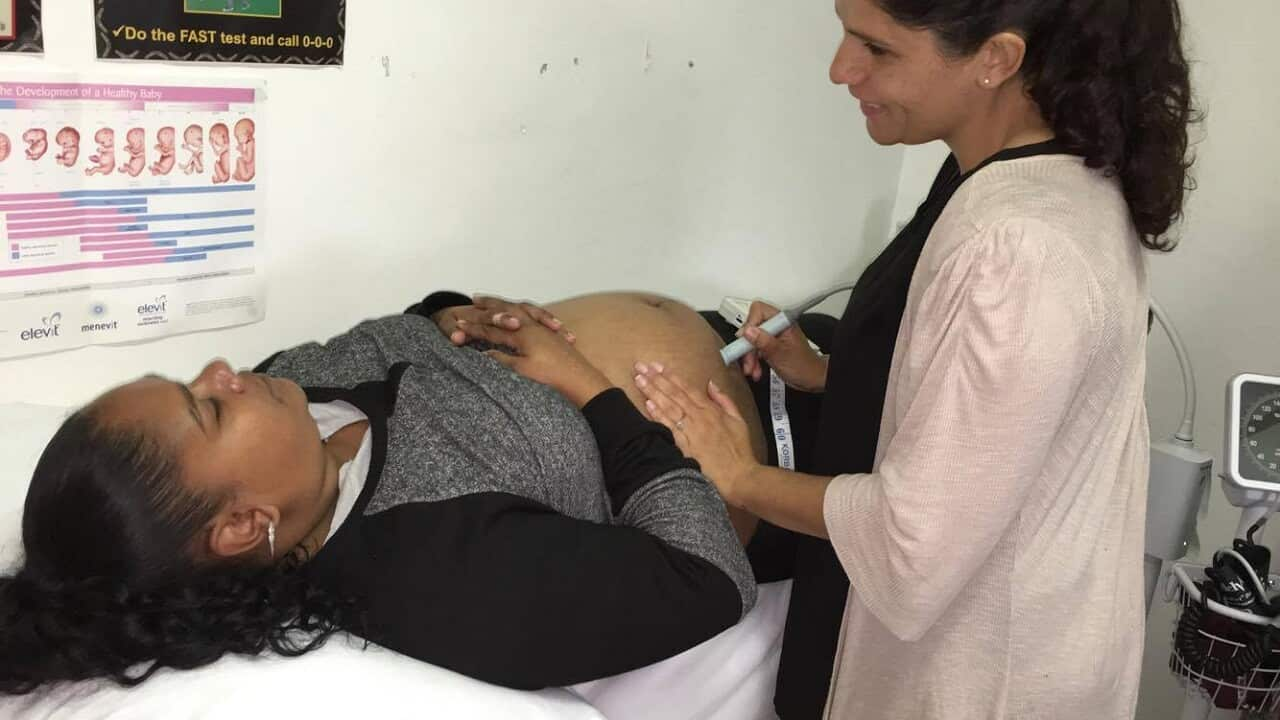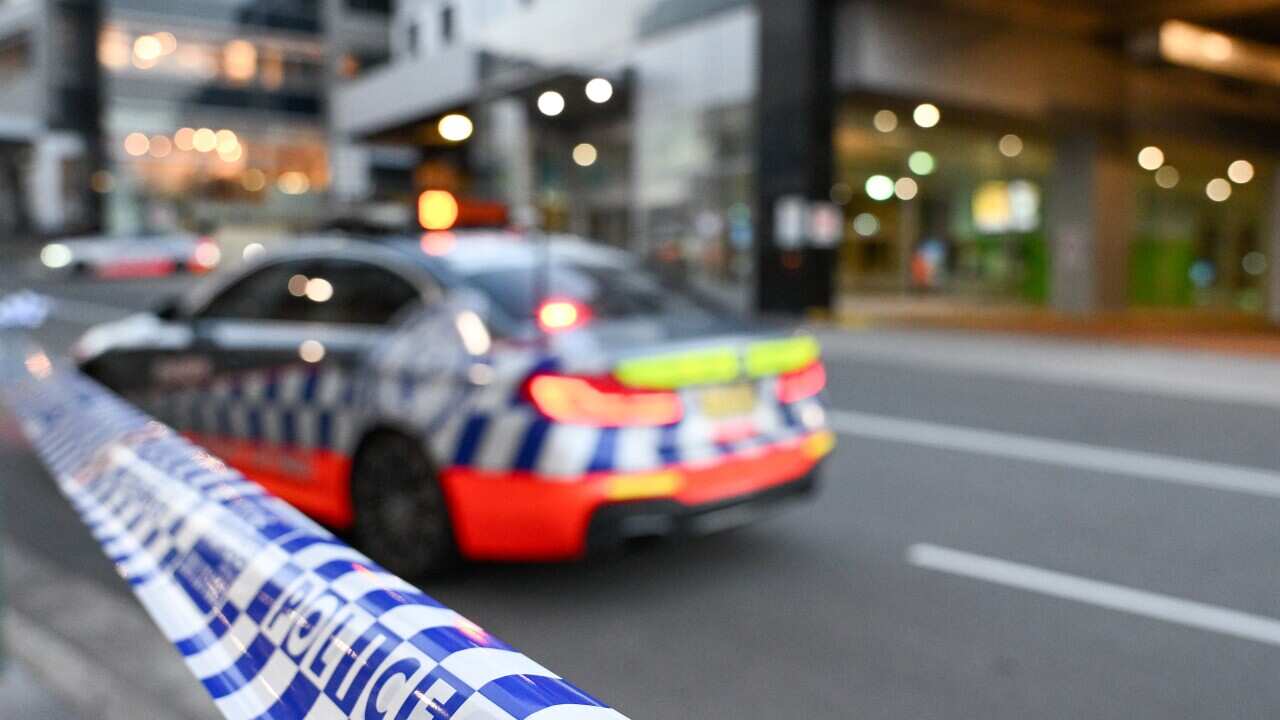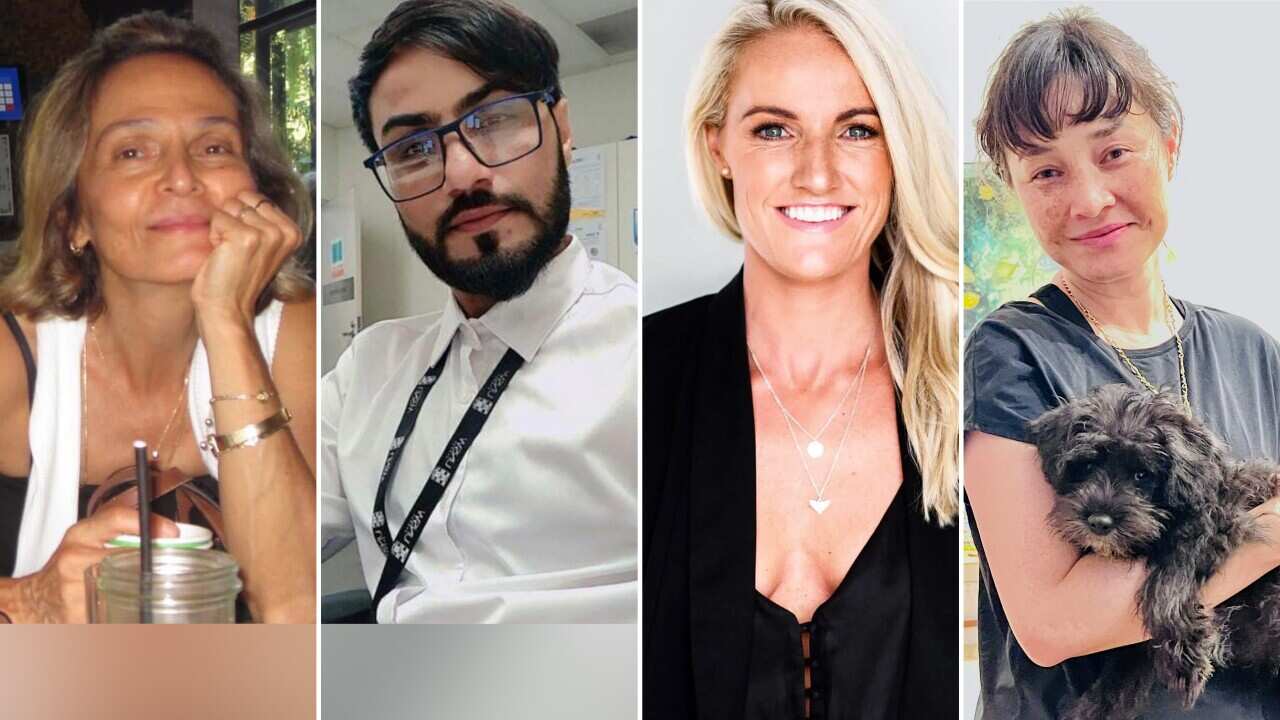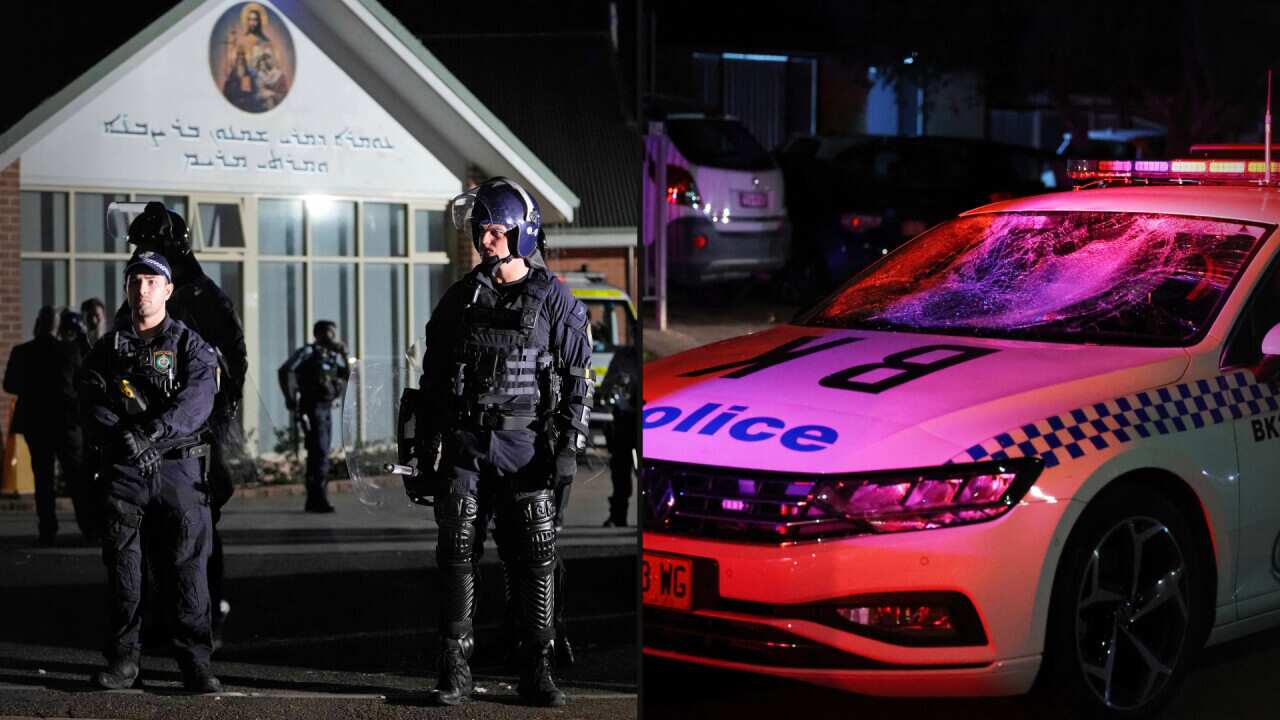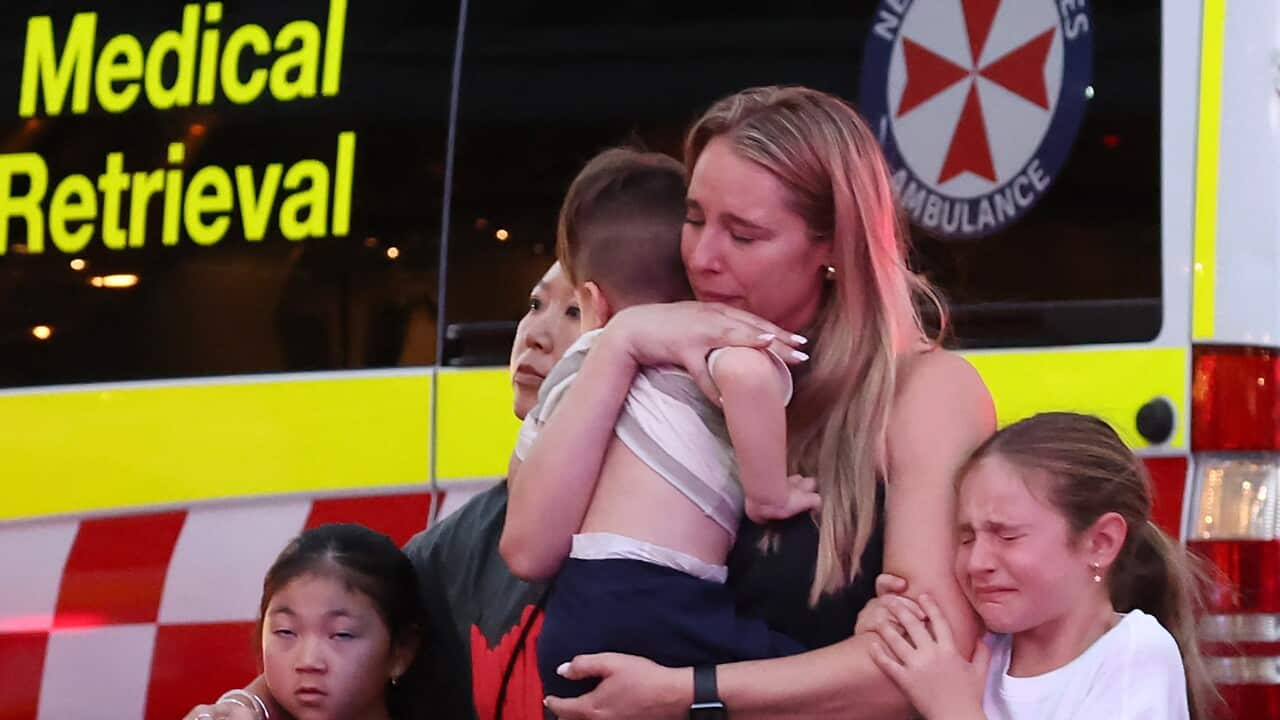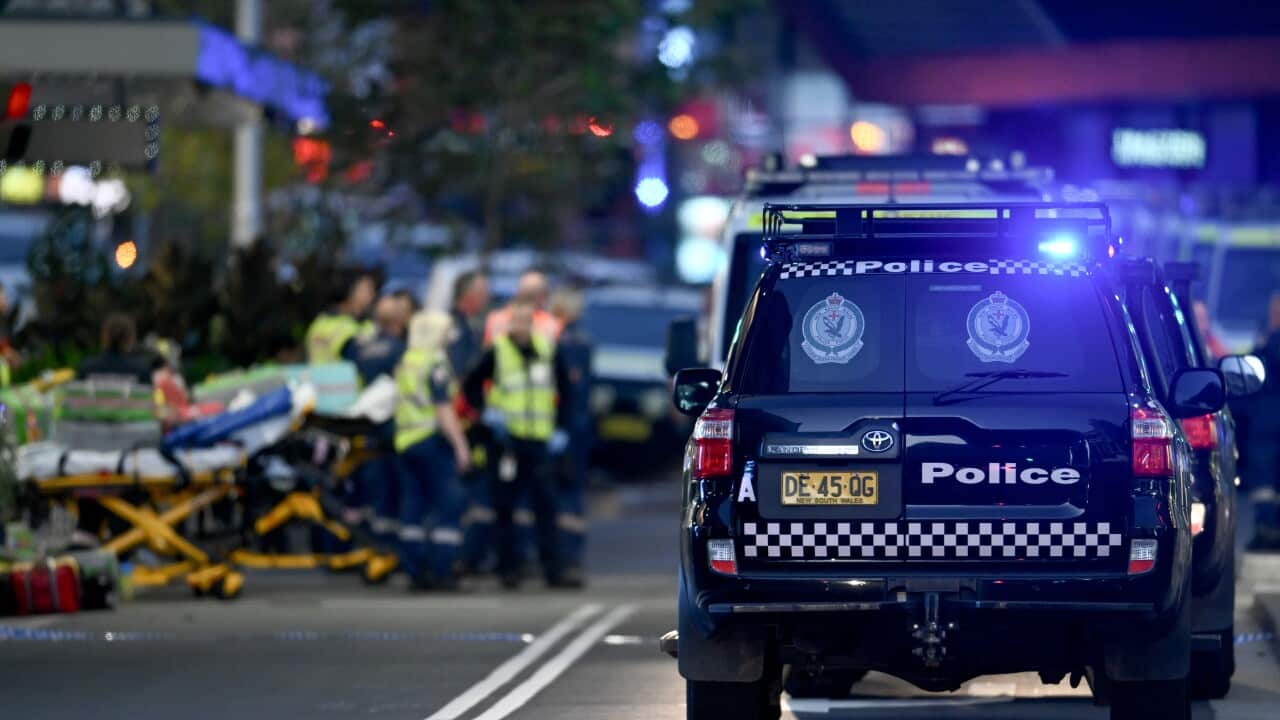Only one per cent of Australian midwives are of an Aboriginal or Torres Strait Islander background despite six per cent of all Australian births being Indigenous.
Angela Coe is a Wiradjuri woman from Cowra, Central New South Wales. She lives in Redfern, the heart of Sydney's Indigenous community, and works at the local Aboriginal Medical Services (AMS) as a registered midwife.
“I love community health, it’s a different pace to hospital but it’s awesome being out in community and seeing the women and the families,” she told SBS World News.
“Your role doesn’t finish there at four o'clock when you clock off, they know who you are, they know you live in the community, you’re a part of the community, as they are.”
Last year the total figure of Indigenous midwives was 293 nationally. Ms Coe is in the one per cent of Indigenous midwives in Australia. She studied at the University of Sydney and earned herself a Bachelor of Midwifery after completing a three year course.
She studied at the University of Sydney and earned herself a Bachelor of Midwifery after completing a three year course.

New South Wales has the highest number of Indigenous midwives. Source: National Centre for Cultural Competence
“I find that the bachelor program, it comes across a little less daunting, it's three years and then you gain your qualifications. Where if you do the traditional way, you do you’re nursing and then you’ve gotta go on and do further study on top of that,” she said.
The mother of two believes more Indigenous men and women need to get into the health industry.
“Our babies are still dying at rates that shouldn’t be happening, I think the more women, the more men, that get in the workforce, the better,” she said.
Although the number of Indigenous students entering university has increased, the completion rate compared with their non- Indigenous peers is still lower.
'I barely finished high school'
According to the Universities Australia report earlier this year, Indigenous students make up only 1.6 per cent of domestic university student enrolments.
Ms Coe said she only saw three or four other Indigenous students during her university studies.
“I was a mature aged student, had two kids, when I started studying I never I thought university was never something I’d ever go and do. I barely finished high school,” she said.
Ms Coe was able to get help through Jumbunna - a student service unit for Indigenous students at Sydney University.
"At times it’s isolating, but it’s very good to have that support at Jumbunna and to have that face to face chat with people and the hands on stuff with the academic side of things as well as somewhere to go and have a cup of tea and a chill out for a while.”
Indigenous support services are essential for Aboriginal and Torres Strait Islander students.
A report in 2015 by the Australian Council for Educational Research found that 47 per cent of Indigenous university students graduated compared with 74 per cent of their non-Indigenous counterparts.
Dr Donna Hartz is a Kamilaroi woman from north- east New South Wales. She is also a leader at the National Centre for Cultural Competence at the University of Sydney.
She told SBS World News the “complexity” in Indigenous people’s lives get in the way of them completing their studies. “Often Aboriginal and Torres Strait Islander people through the intergenerational trauma and discrimination and the biased written into policy, has not allowed them to have the confidence or the access to good education.”
“Often Aboriginal and Torres Strait Islander people through the intergenerational trauma and discrimination and the biased written into policy, has not allowed them to have the confidence or the access to good education.”

Angela Coe told SBS Indigenous midwives are able to connect deeper with their patients. Source: Facebook
Dr Donna Hartz is on the board of Trustees at the Rhodanthe Lipsett Indigenous Midwifery Charitable Fund.
The fund provides support for Aboriginal and Torres Strait midwives through a scholarship which provides financial support for them.
The fund aims to contribute to the federal government’s Closing the Gap initiative.
Last year the fund was able to award 15 scholarships to Indigenous midwifery students.
Dr Hartz didn’t start her midwifery career until her late 20s but is passionate about ensuring the best care for women and babies.
“If we can heal women and babies, we can actually heal communities. Midwives are at the forefront of that.”
Deeper level of understanding
Dr Hartz says the benefits for increasing the number of Indigenous midwives go beyond improving the health outcomes for mother and baby, there’s a decrease in hospital admissions and domestic violence.
“Now I’m not saying that non- Indigenous people can’t provide care to our people... Often we’re overlaying euro-centric and inappropriate services on the care of our communities,” she said.
Ms Coe says having Indigenous workers is important because First Nations people can understand the struggles each other face outside of a hospital room.
“[You understand] why the drug and alcohol levels are so high, why the jails are filled with our husbands and brothers, you have that understanding of the trauma and the history we’ve all lived and we’ve gone through as a community and as a whole,” she said.
“You can explain things to them in another way that other staff just aren’t able to explain, you also have an understanding for what might be going on for them outside in the community.” Ms Coe also agrees having Indigenous midwives working within their own community and working alongside their own people allows the midwives and the mother to connect on a deeper level.
Ms Coe also agrees having Indigenous midwives working within their own community and working alongside their own people allows the midwives and the mother to connect on a deeper level.

Earlier this year the largest gathering of Indigenous midwives was held. Source: National Centre for Cultural Competence
“They’ll see an Aboriginal woman as their midwife who’s caring for them throughout the antenatal birthing or postnatal periods just to make them feel culturally safe and make that experience feel a lot more special for them,” she said.
“The more Aboriginal staff we have in the workforce, it can only improve the health outcomes for our people because we understand each other at a deeper level.”
